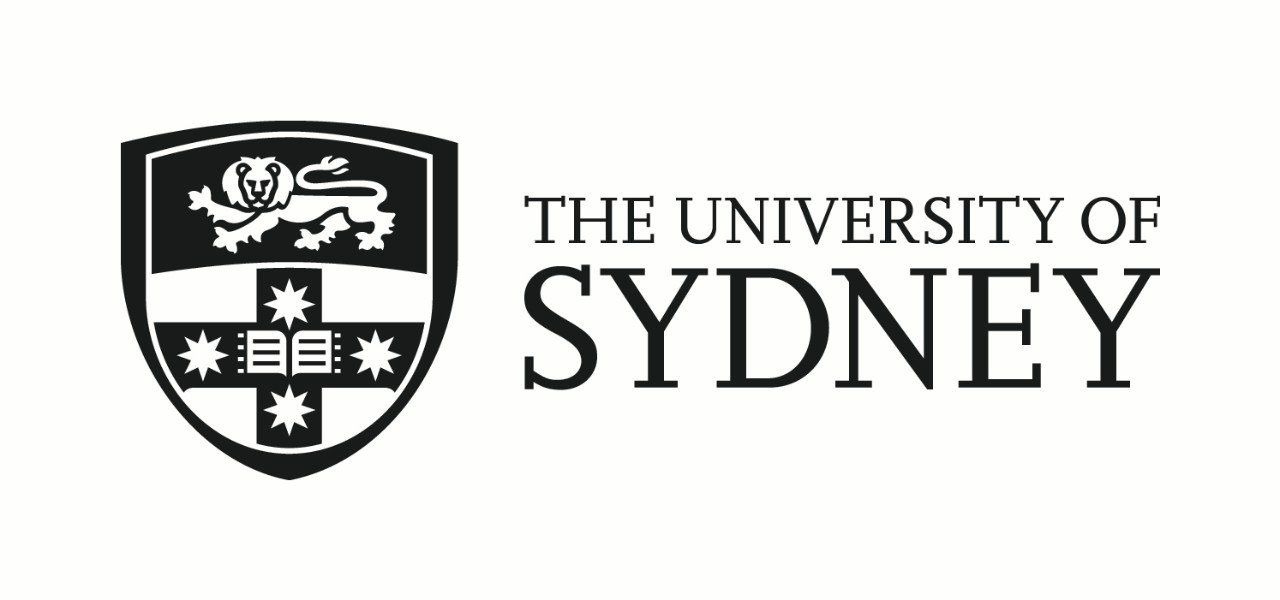
This article is sponsored by the University of Sydney. Authorised by Vice-Chancellor and President Prof. Mark Scott. Enquiries: 9351 2000; info.centre@sydney.edu.au
___________________________________________________________________
A wobbly “scouse” cat named Phineas belonging to two biomedical researchers at the University of Sydney has become an internet sensation, capturing the hearts of millions worldwide and securing a prominent place in the “meme cat” hall of fame with over 1.8 million followers on TikTok and Instagram.
Phineas’s iconic wobbling is caused by cerebellar hypoplasia – a condition that affects his coordination and balance. His owners, Drs Daria and Collin Anderson, who earlier this year joined the University’s School of Biomedical Engineering and School of Medical Sciences from the United States, research epilepsy, disorders of the cerebellum, Parkinson’s disease, and Tourette syndrome.
The Andersons’ research focuses on human conditions and living with Phineas has helped mould the way they think about the cerebellum. He has become a fun part of their teaching when lecturing on movement and the cerebellum, and through social media has emerged as a source of inspiration for people living with rare neurological disorders.
How Phineas came to be an influencer in neurological diseases hails back to 2016, when the Andersons were working as early career researchers at the University of Utah. It was one night when scrolling through social media that the couple stumbled upon a captivating story of a stray mother cat and her kittens.
“Among the litter, two kittens failed to meet their developmental milestones and were diagnosed with cerebellar hypoplasia, otherwise known as ‘wobbly cat’ syndrome – a condition similar to the disorders we study in humans,” Daria said.
“We were so captivated by their plight and thought to ourselves ‘we could really use our own experience in neurological disorders to help one of these kittens’, so we decided to adopt the runt of the litter – who at that point was just a tiny, ginger ball of fluff. It played out a bit like a movie – Collin braved a 3,000 kilometre flight across to Virginia in a snowstorm to bring the tiny little kitten to his forever home.”
Phineas the wobbly cat
Over the next couple years, Daria and Collin began chronicling Phineas’s journey on Instagram, providing updates to the cat rescue community. Unexpectedly, their humble account skyrocketed to fame in 2018, suddenly accumulating 100,000 followers within a month after they posted a video of Phineas wobbling to his dinner with his typical, excited meows.
Phineas’s condition shares many similarities with cerebellar disorders in humans. One such disorder affecting the cerebellum is Christianson Syndrome, a rare but severe disorder affecting approximately 1 in every 100,000 males. It presents in infancy with symptoms including intellectual disability, seizures, speech impairments and problems with balance and coordination — the latter mirroring Phineas’s own challenges. One of Collin’s largest active research projects revolves around developing a gene therapy to treat Christianson Syndrome.
“I have been working on Christianson Syndrome for the last few years which has been an incredible experience,” said Collin. “Given that it’s a rare disorder, the research community is small and there are a lot of opportunities to interact with Christianson Syndrome support groups. It’s been very motivating to get to meet families with boys and young men with Christianson Syndrome, and my life with Phin has helped me to make stronger connections with them.”
Today, Phineas’s popularity continues to soar, but the Andersons remain committed to a higher purpose. Setting themselves apart from typical social media influencers, they have chosen not to profit from their cat’s fame through advertisements or merchandising, declining multiple commercial offers. Any proceeds from their merchandise have been donated to various animal and medical charities, reaching a total of around $38,000, with the Christianson Syndrome Association being one of the recipients.
“We use these accounts to advocate for acceptance of individuals and animals with non-neurotypical features, and we encourage the adoption of special needs pets,” said Daria. “Phineas has also helped spark public interest in neuroscience. Similarly to how I use clips of Phin when teaching about cerebellar function, we use Phin’s account to make short videos about neuroscience for the general public. We talk about the cerebellum and various neurological disorders, and it’s been amazing to have the opportunity to bring our passion for neuroscience education outside the classroom and onto the smart phones of millions of people around the world.”
About their research
Both Drs Anderson earned their PhDs studying neurostimulation and Parkinson’s Disease. Dr Daria Anderson now specialises in epilepsy research, while Dr Collin Anderson focuses more broadly on disorders of the cerebellum, Parkinson’s disease, and Tourette syndrome. They joined the University of Sydney in 2023 as biomedical engineers and neuroscientists. Prior to joining the University of Sydney, they trained and worked at Johns Hopkins University, Duke University, and University of Utah.
_______________
Authorised by Vice-Chancellor and President Prof. Mark Scott. Enquiries: 9351 2000; info.centre@sydney.edu.au





